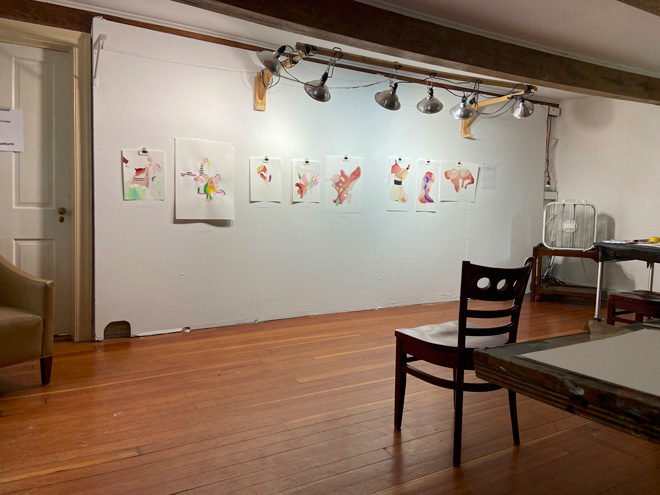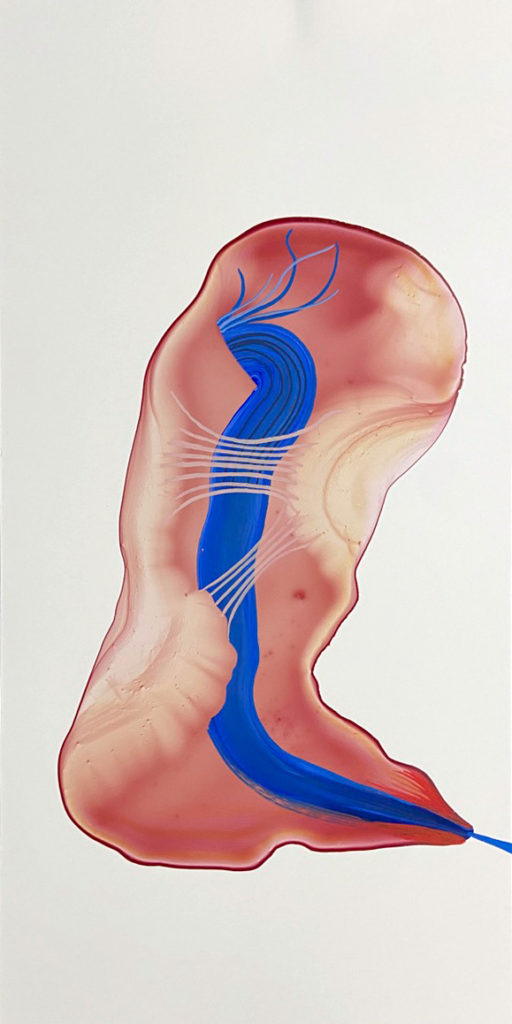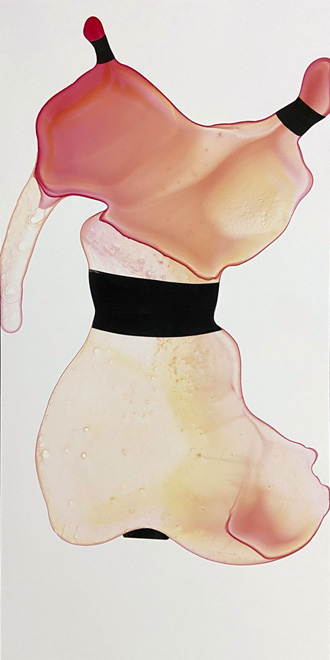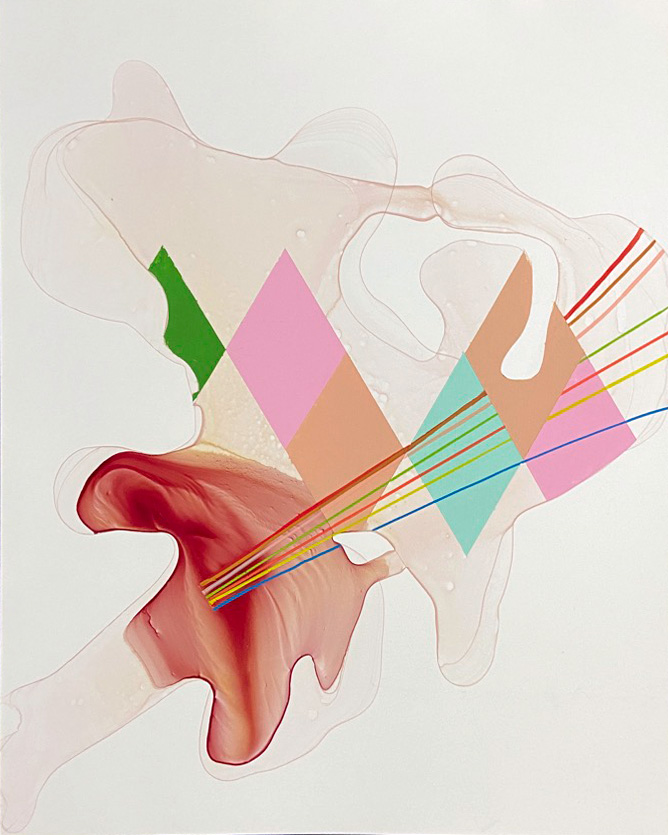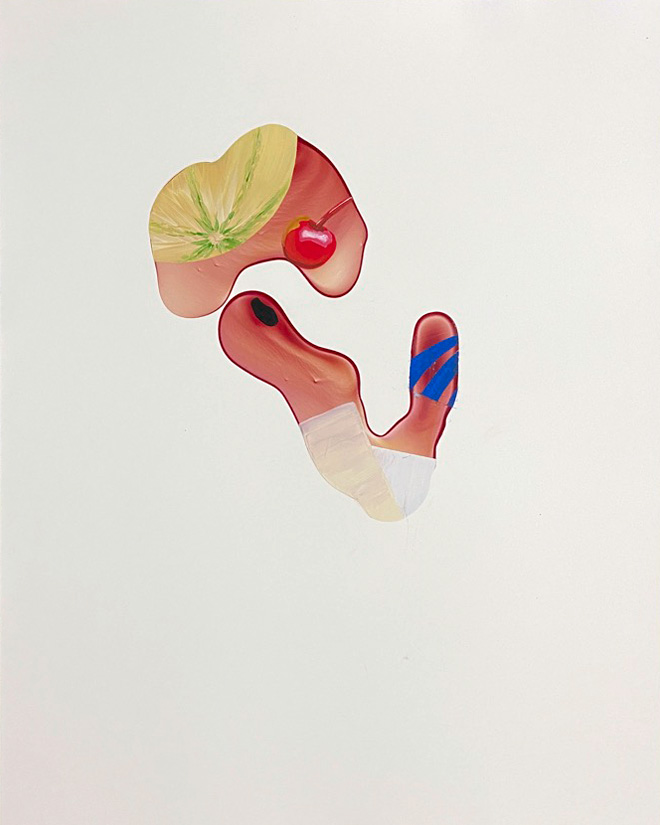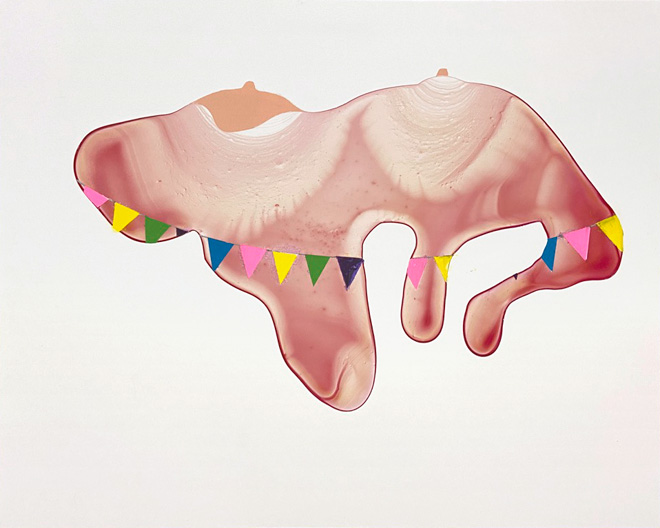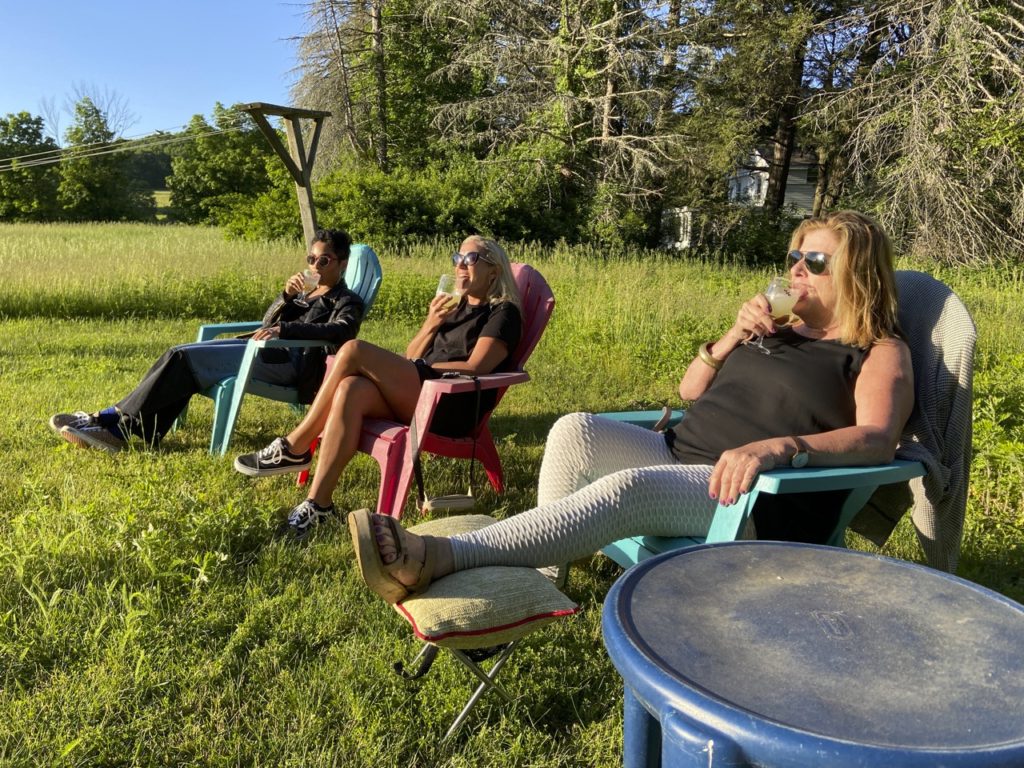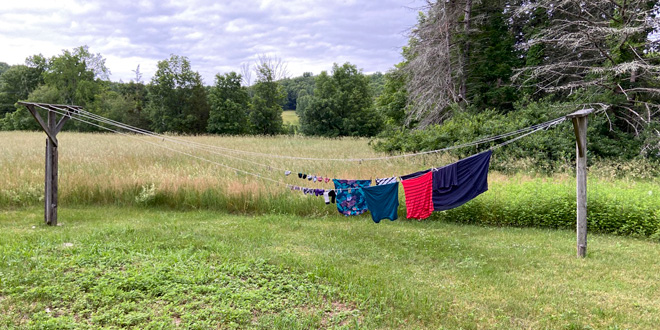
ChaNorth is an artist residency nestled on the outskirts of a small town in the Hudson Valley among a vast regional network of galleries, museums, and artist-run spaces, some of which migrated from New York City during the pandemic. I wrote about this program in the context of other topics back in 2012, but it was never the subject of a dedicated journal entry. It feels strange to return here exactly a decade later with only a vague memory of the place.
Before my arrival, I was already astonished by the residency director’s attentiveness and care. I have participated in 10-15 residency programs in the past decade and have never encountered anyone as devoted and thoughtful as Brigitta Varadi. She interviews and schedules candidates, drives them back and forth to the train station, buys weekly groceries for seven people, writes and edits the newsletter, coordinates the farming and food component, invites curators for studio visits, plans outings to museums and galleries, and more. She does at least three jobs in one and maintains her patience and kindness despite the workload. On top of everything, she somehow manages to be an incredible artist as well.
I took an Amtrak train from Chicago and arrived on Friday, June 3rd, having almost forgotten that David Cronenberg’s new film Crimes of the Future was premiering that weekend. So, I located a nearby arthouse theatre where three of us went to see the movie on our first full day here. Body horror was the perfect way to begin a month of thinking about ideas for new artwork. If you happen to be in the area, I highly recommend checking out Starr Theatre in Rhinebeck.
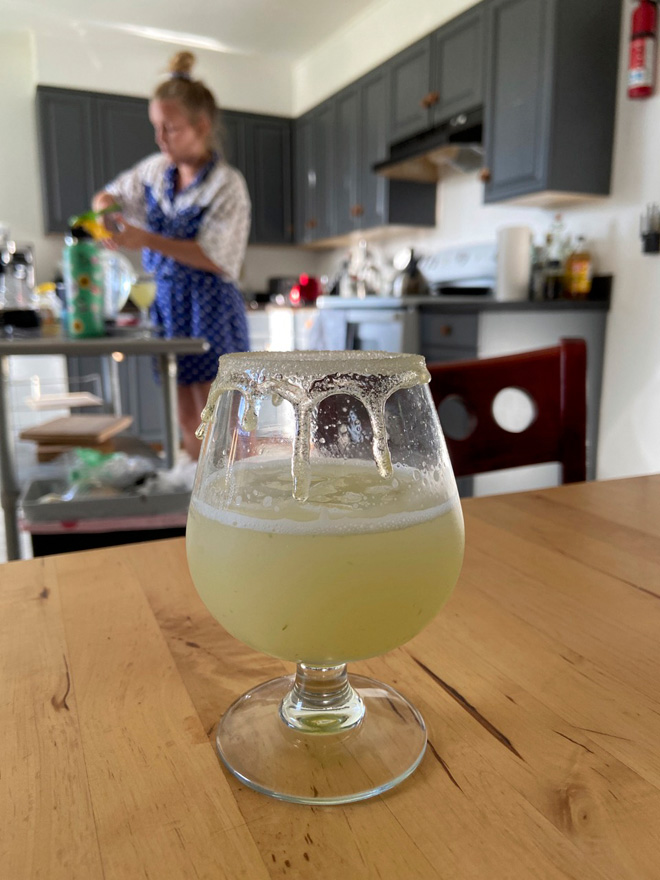
As most pandemic tales go, we had fun until COVID ruined everything. Only a few days after our arrival, one of six artists began having symptoms and tested positive. Three days later a second person tested positive. We had to cancel all of our outings and adjust how we use communal spaces for nearly two weeks, including eating exclusively outdoors and dropping off food for the sick. Those of us who kept testing negative began a daily ritual of meeting at the picnic table before dinner in order to gargle with a shot of medicinal spirits (more commonly known as vodka).
Once everyone was clear, we resumed our fieldtrips to many of the aforementioned regional art venues including Art OMI, The School by Jack Shainman Gallery, Geary Contemporary, Hancock Shaker Village, Katonah Museum of Art, Magazzino, Re Institute, Lab Space, Standard Space, Dia Beacon, Hessel Museum, and Wassaic.
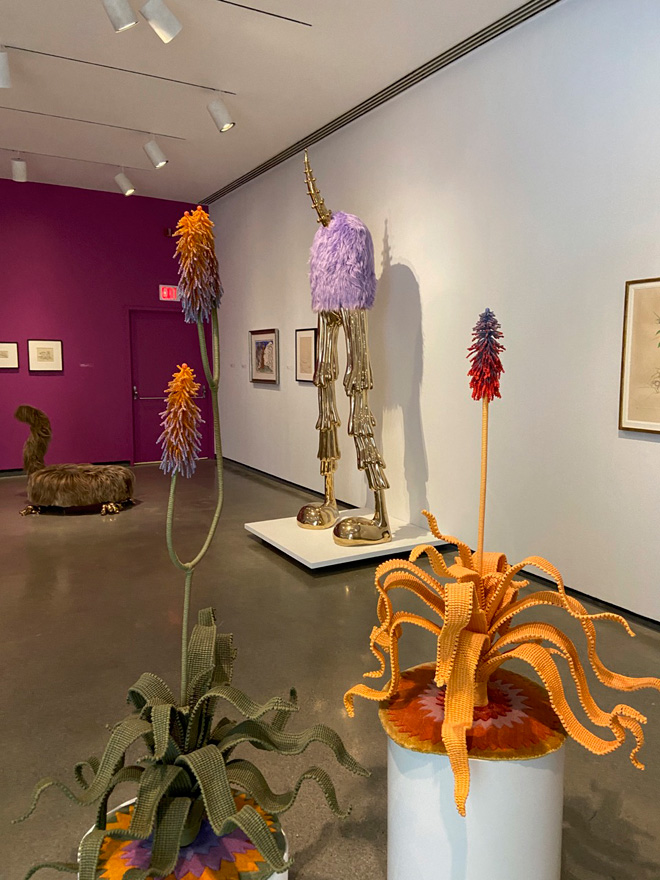
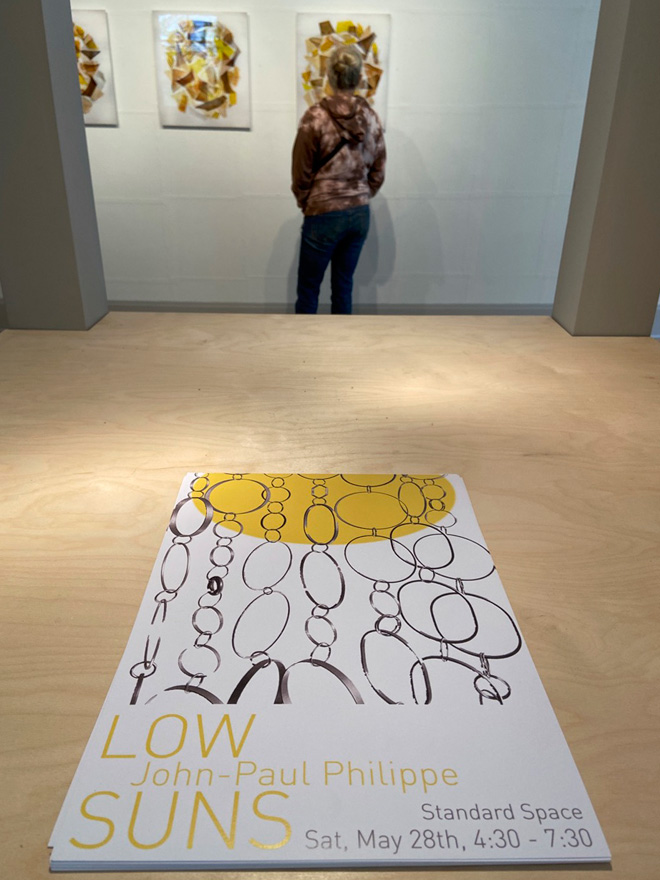
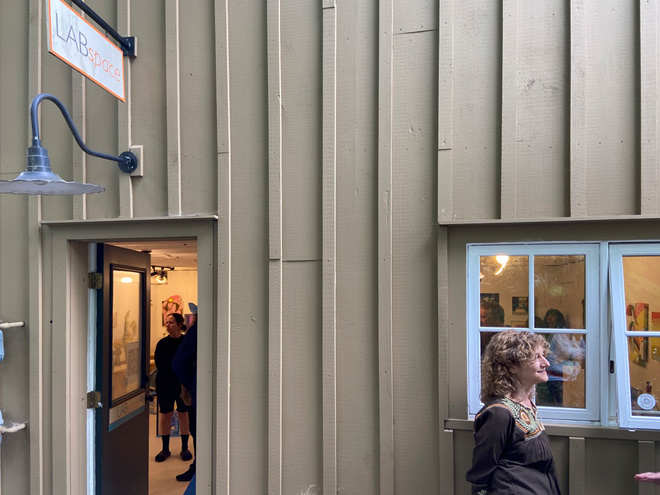
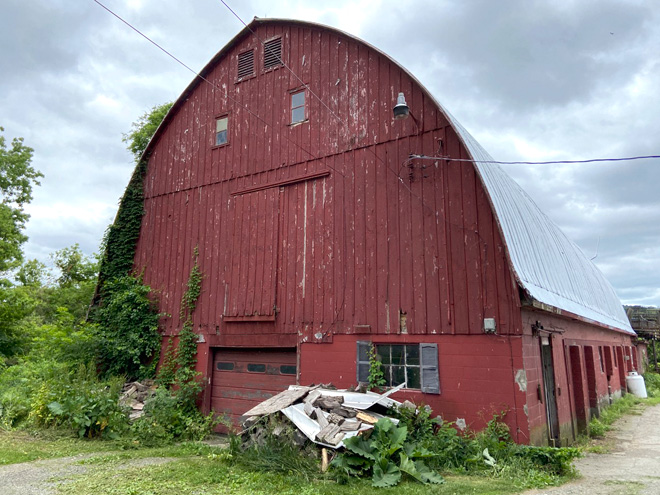
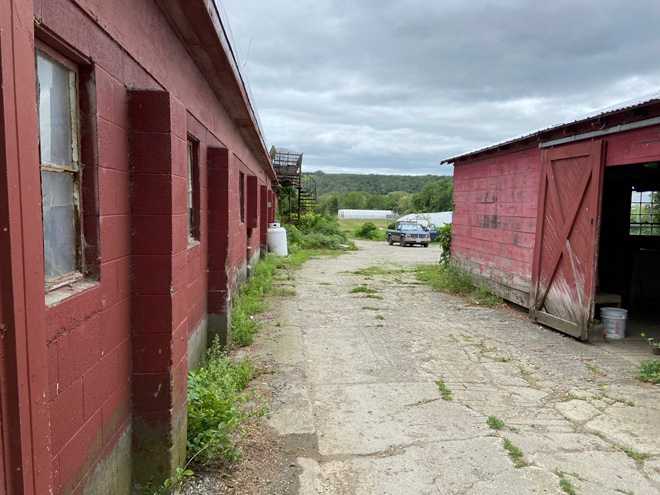
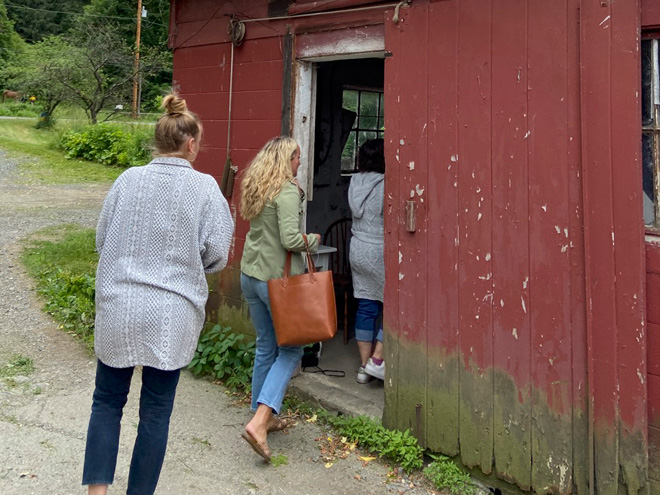
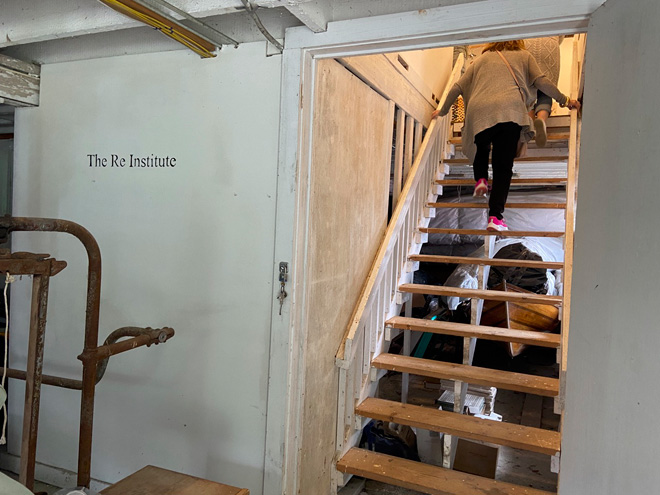
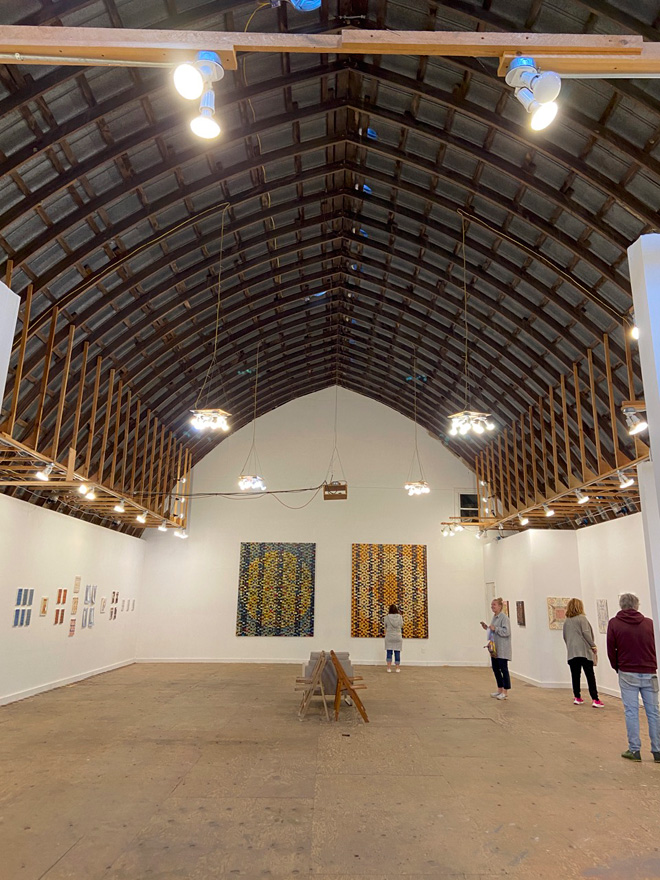
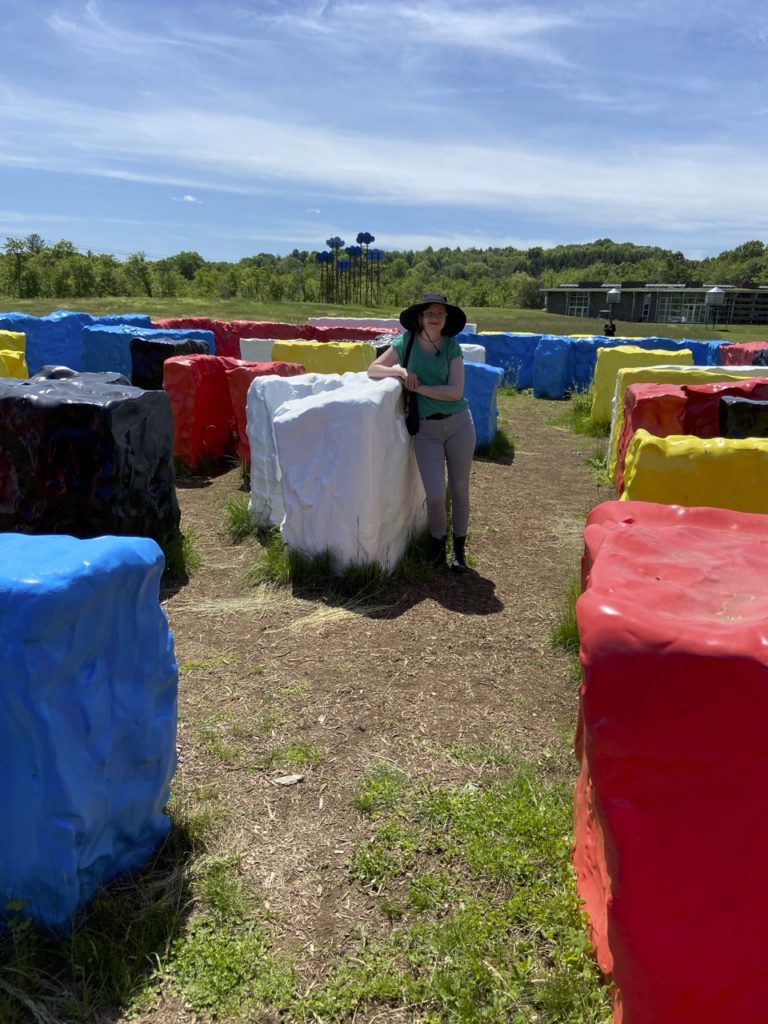
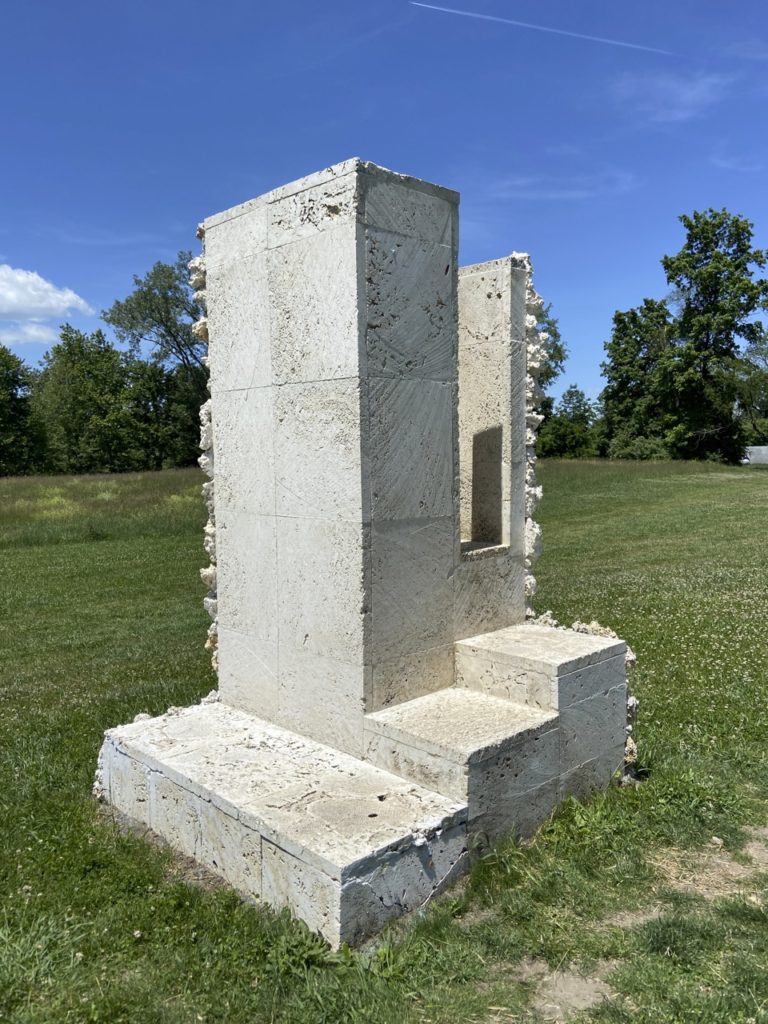
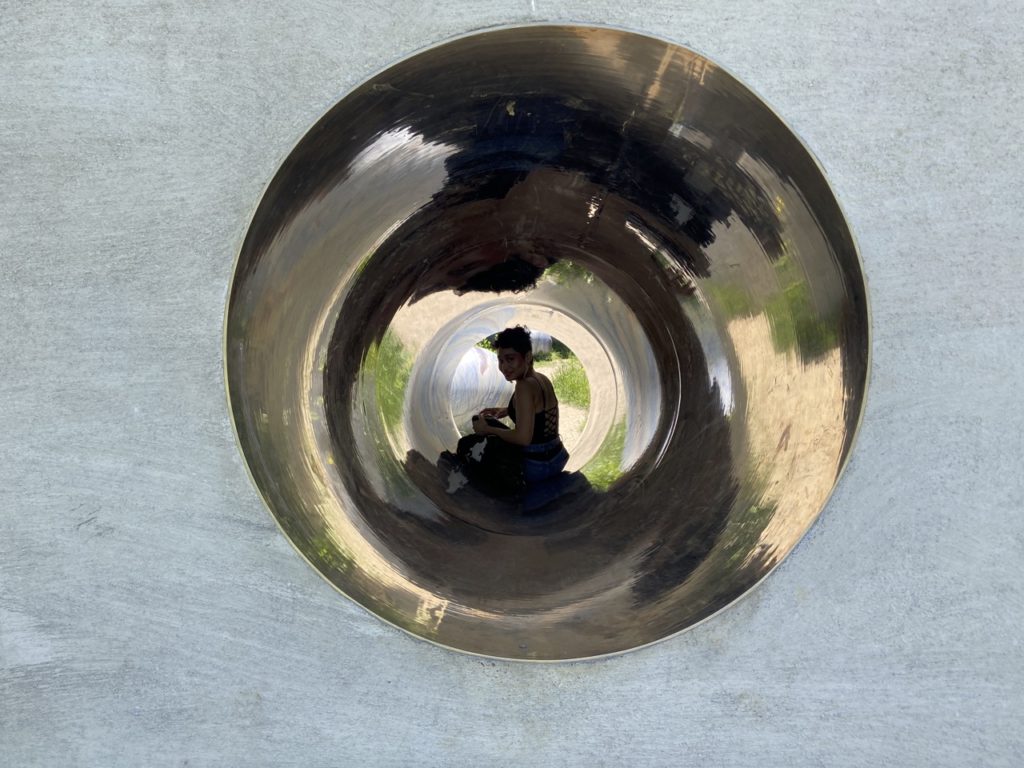
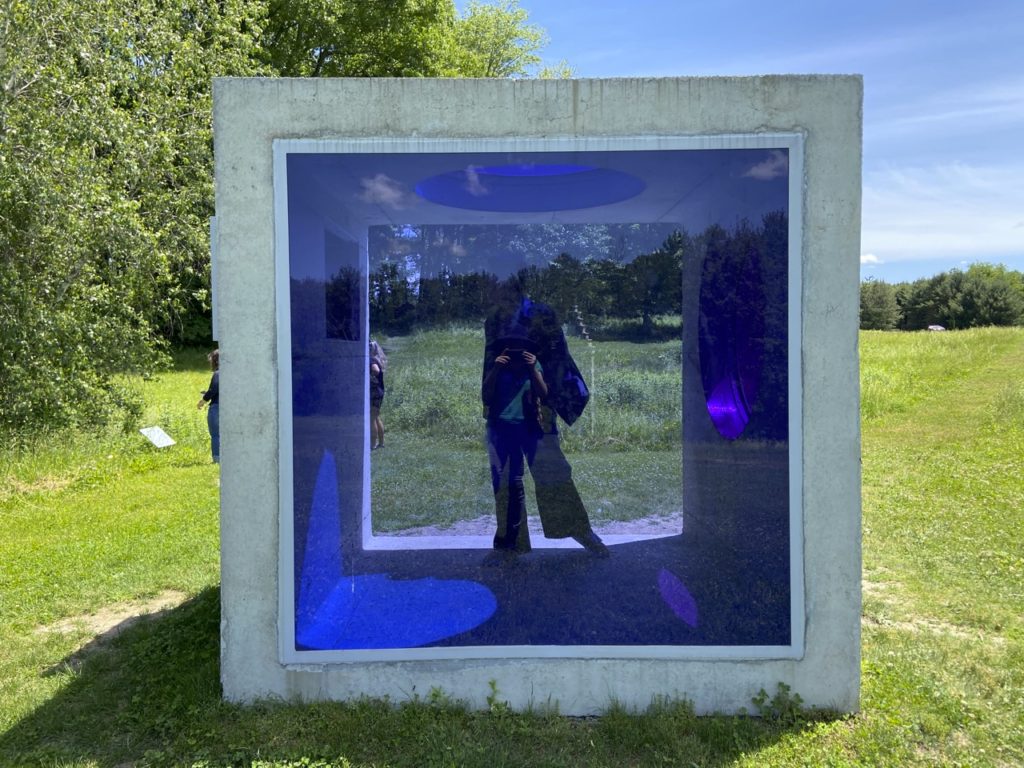
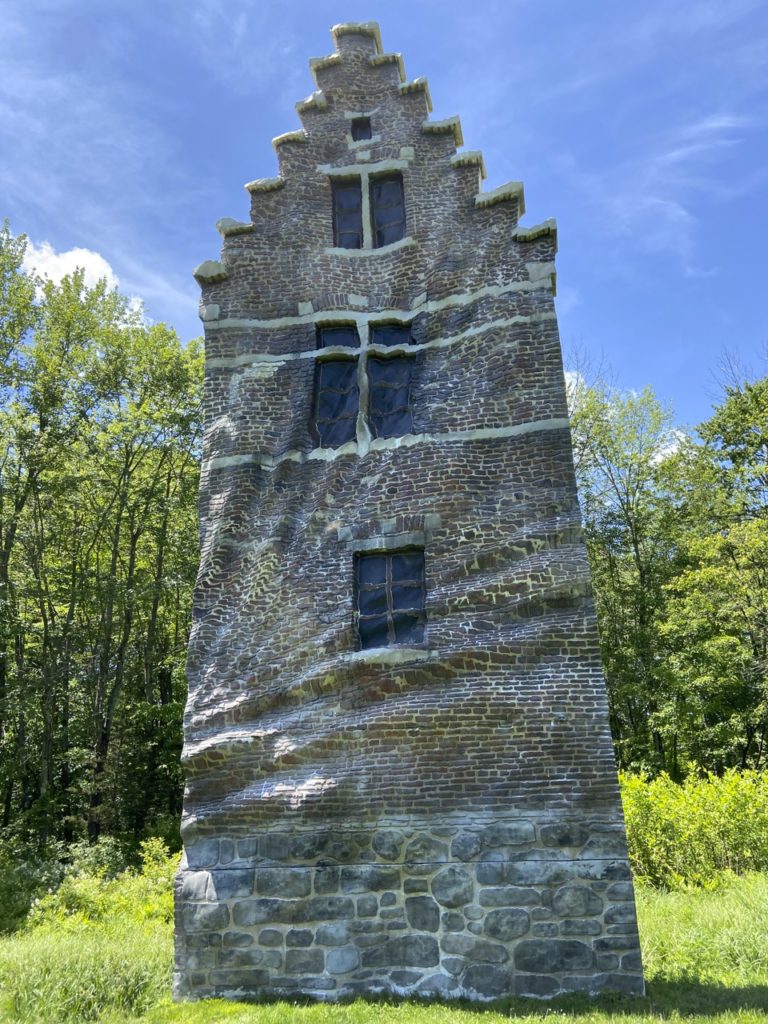
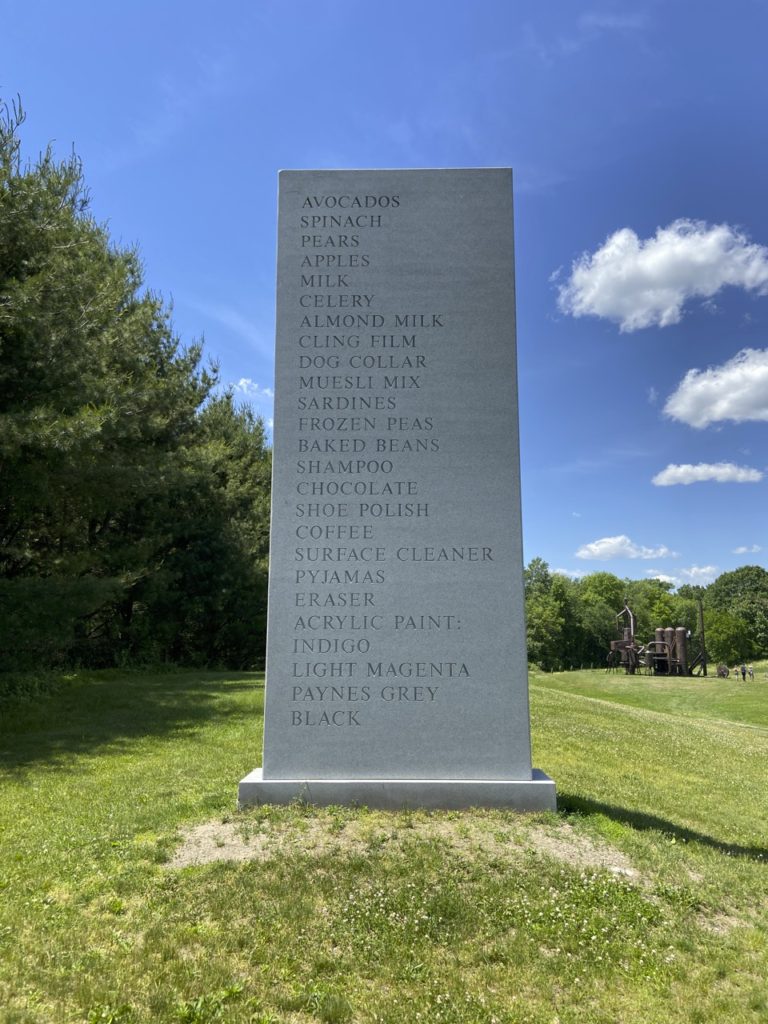
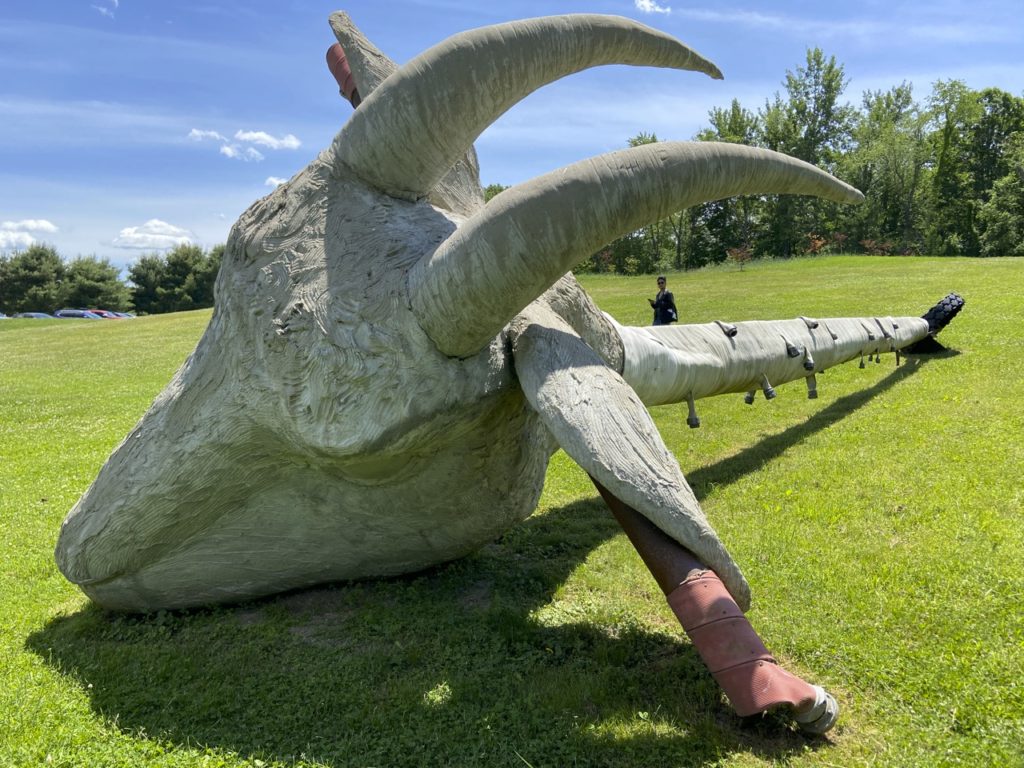
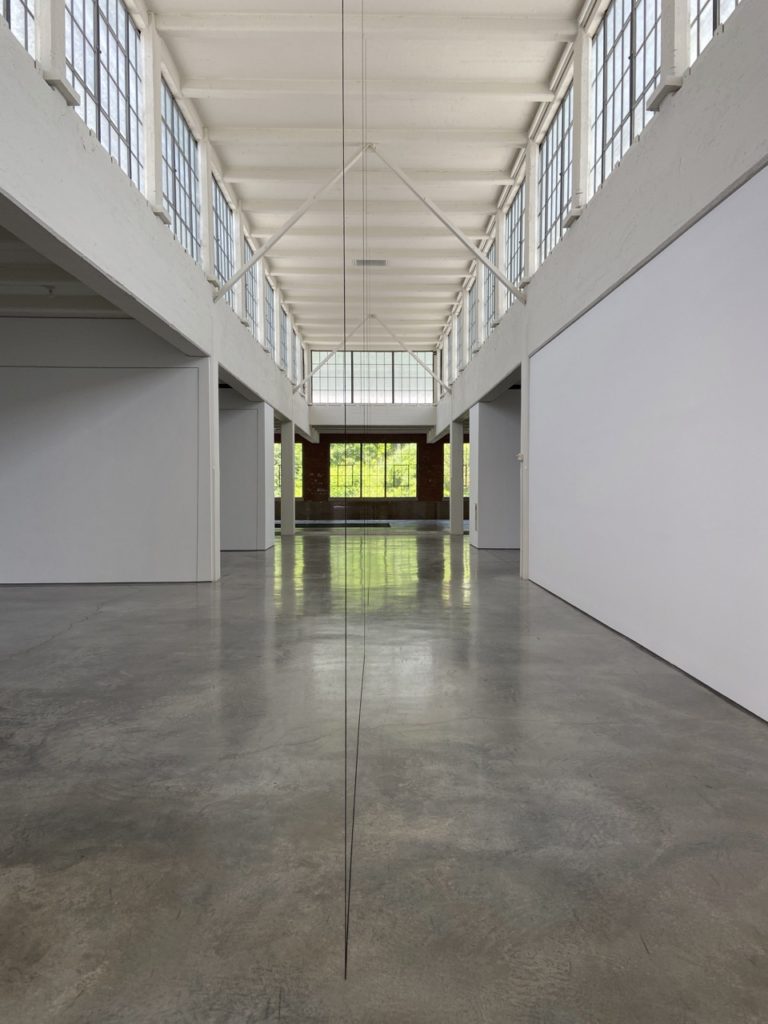
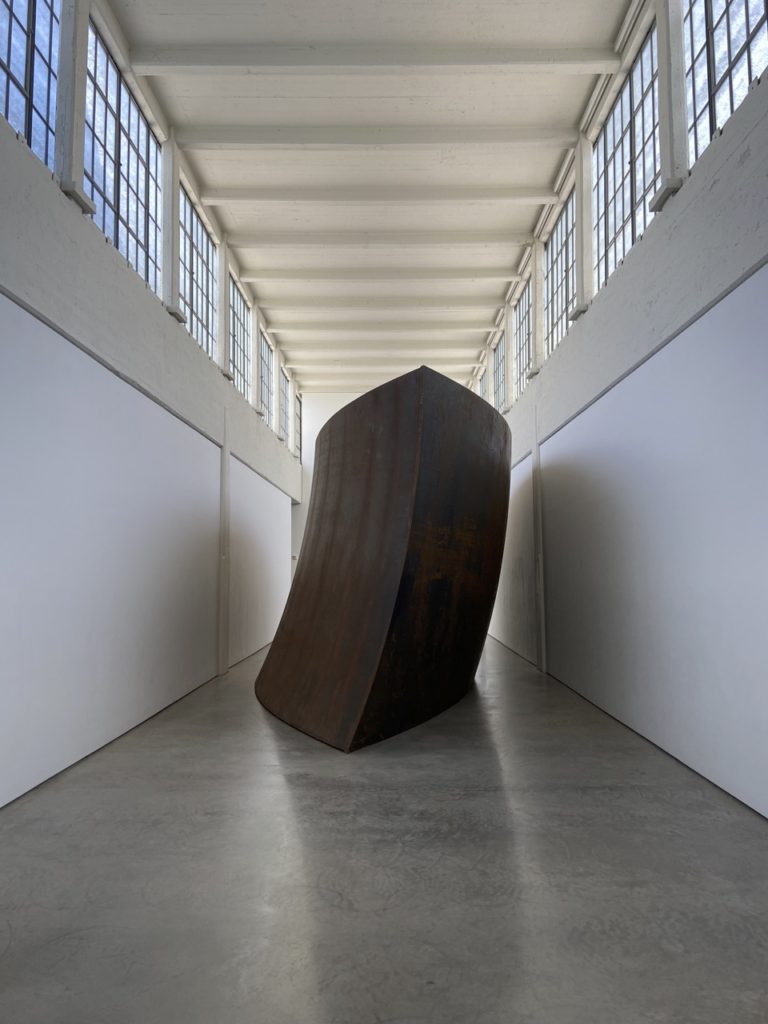
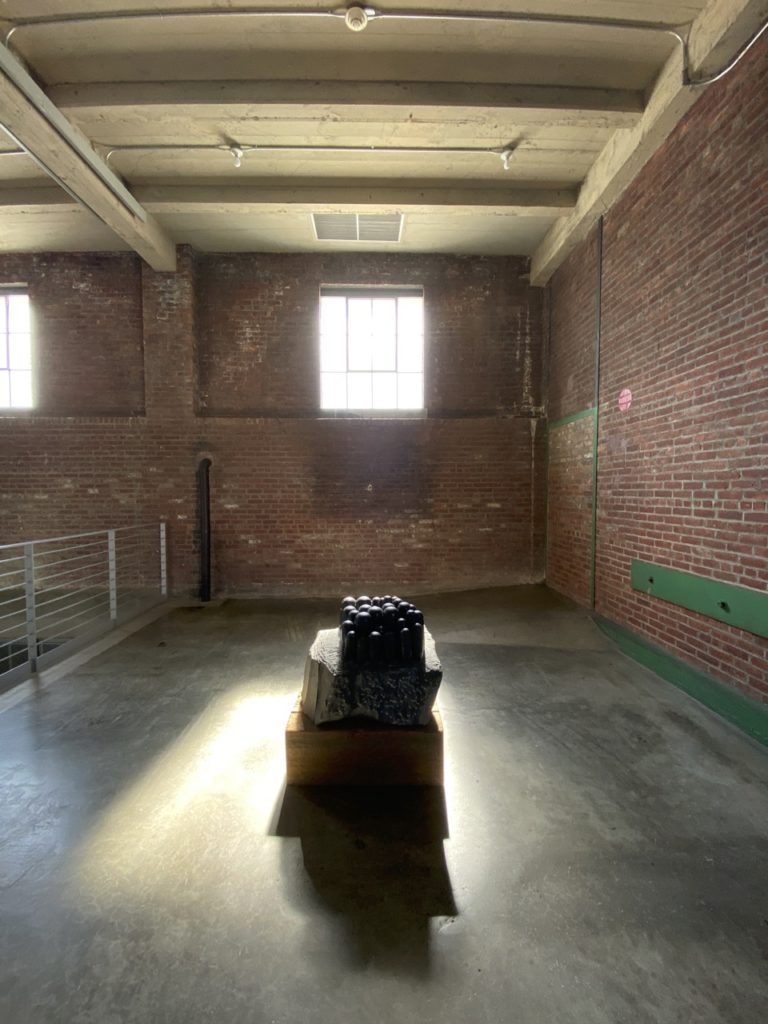
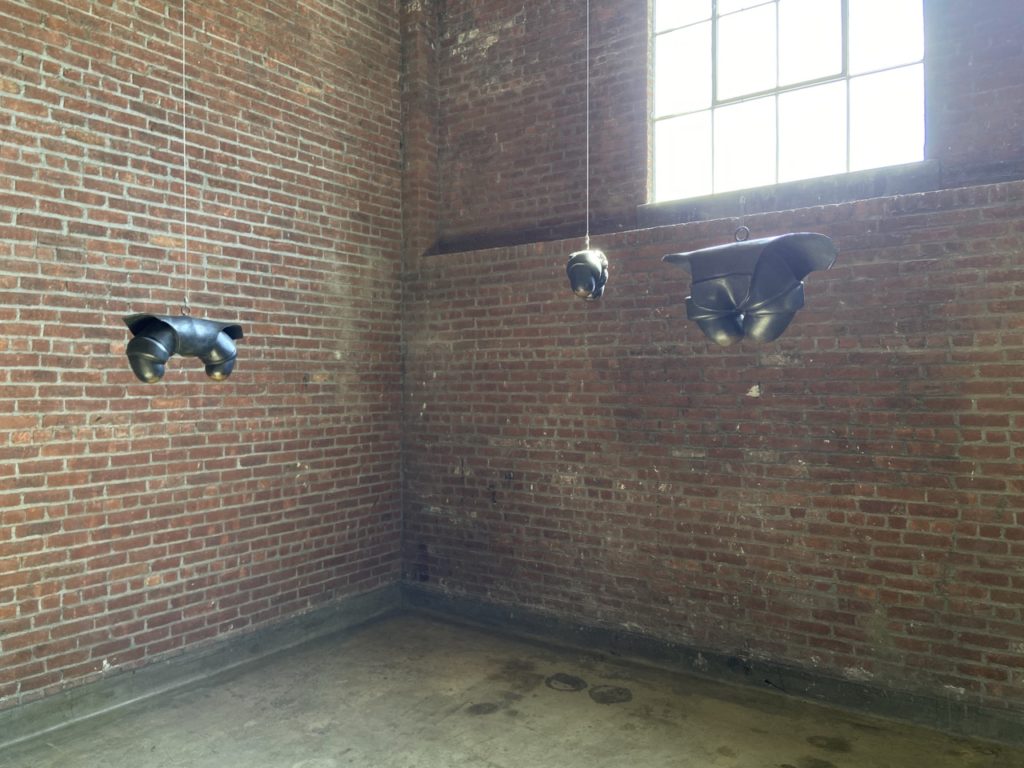
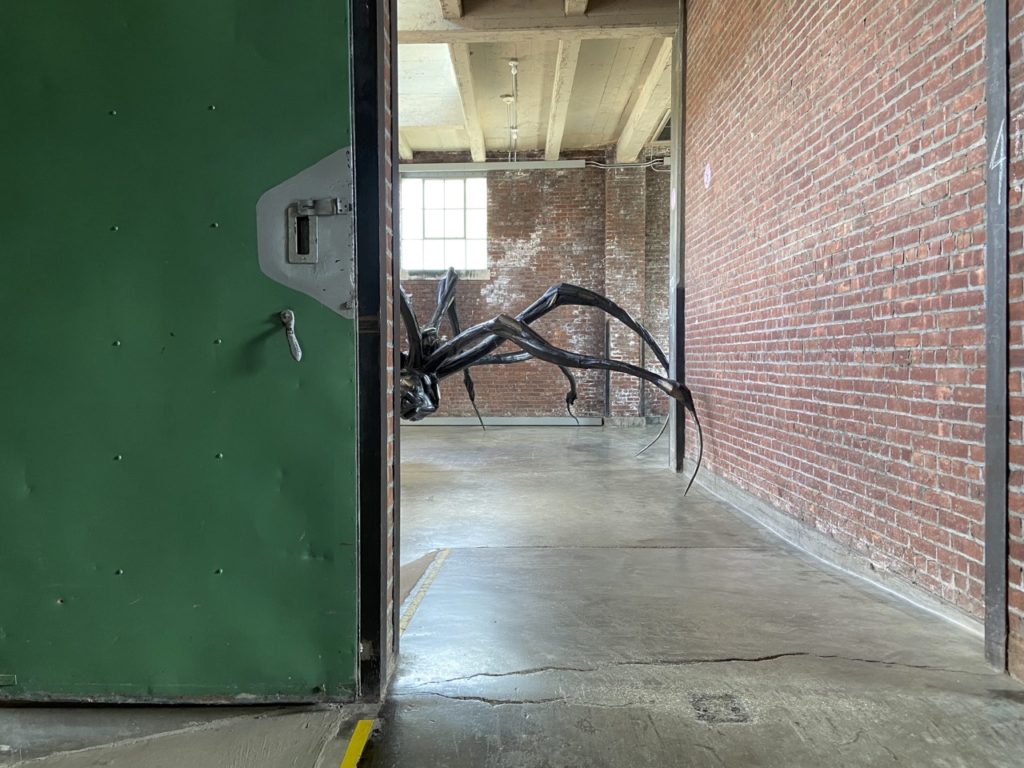
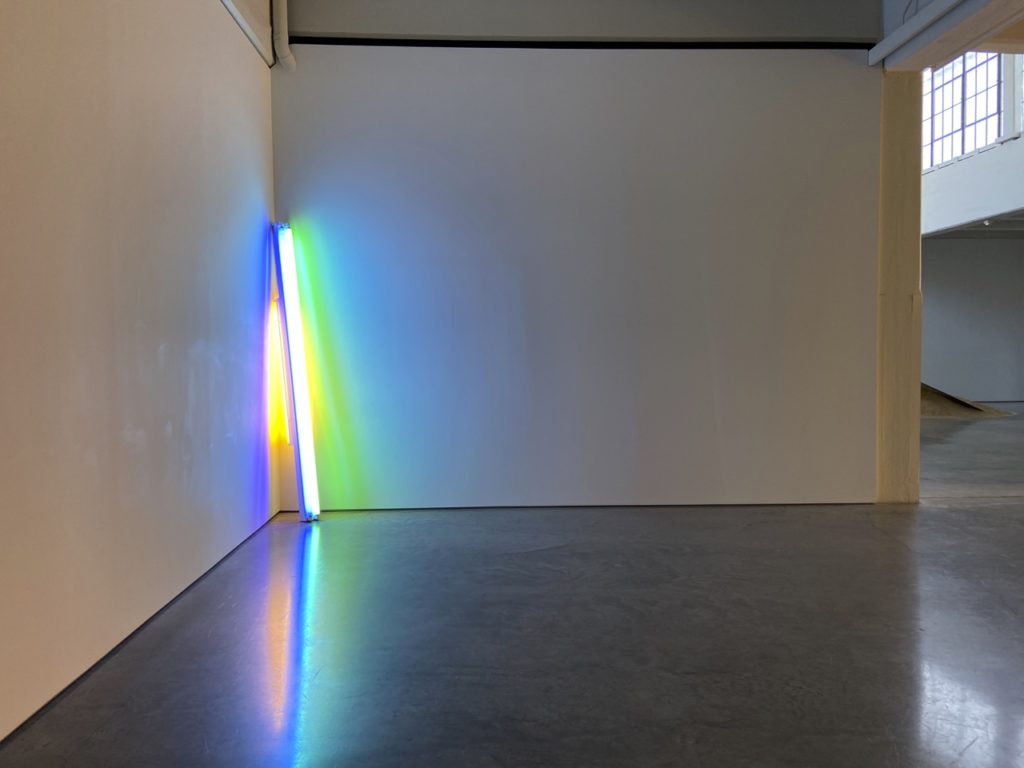
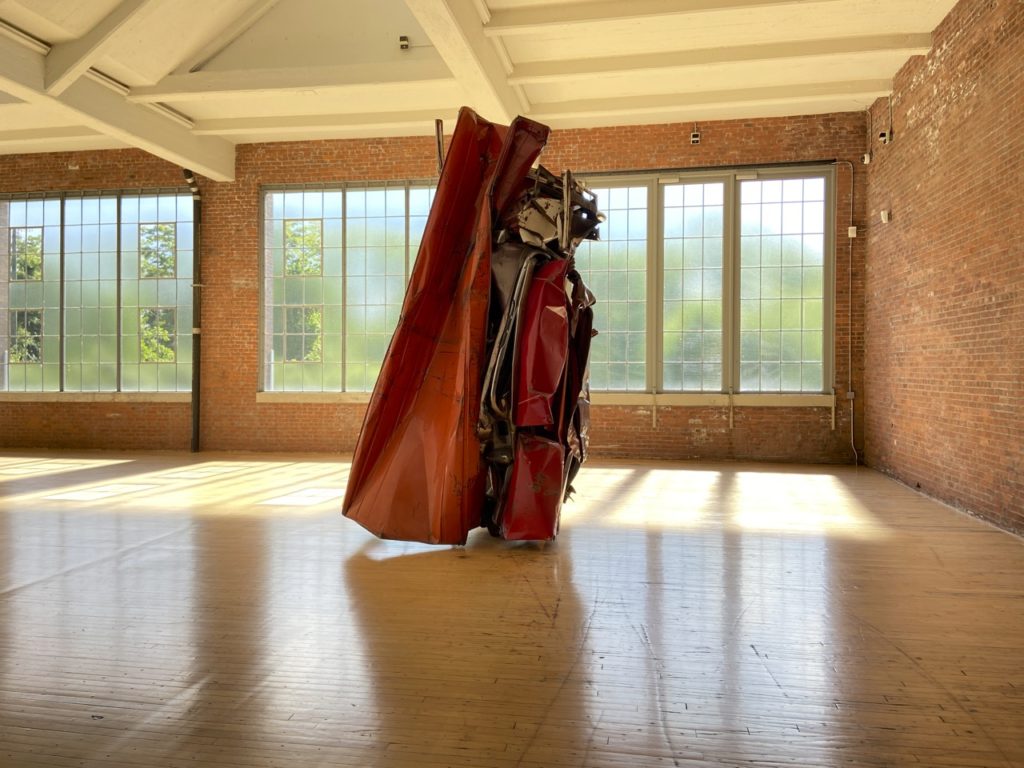
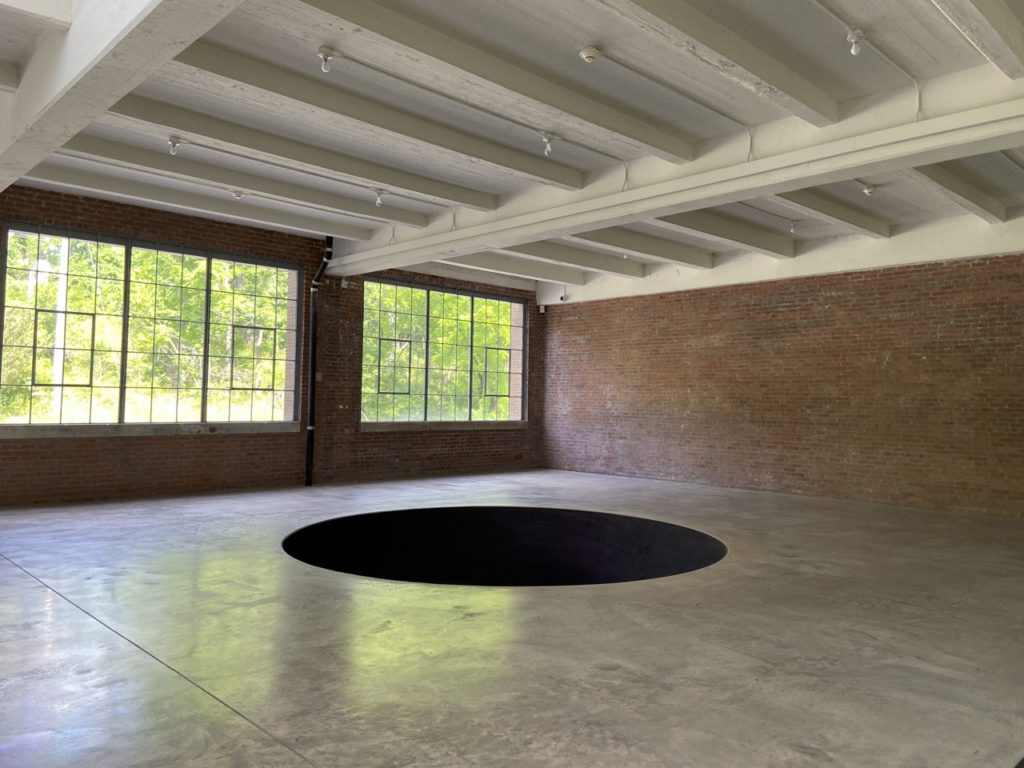
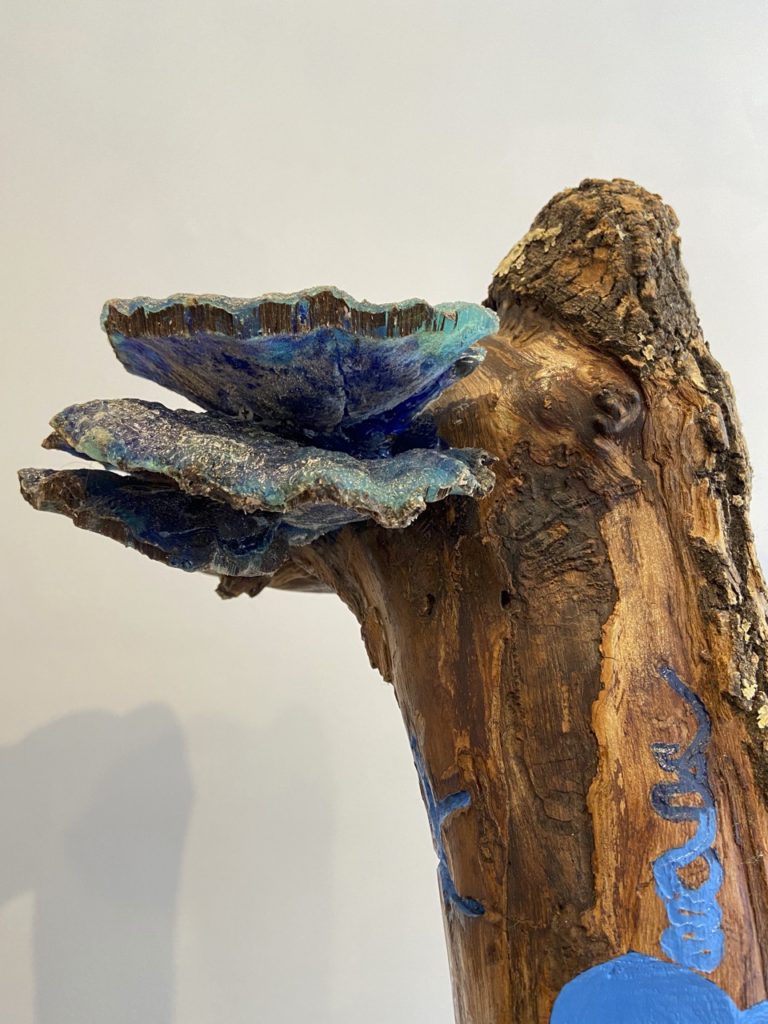
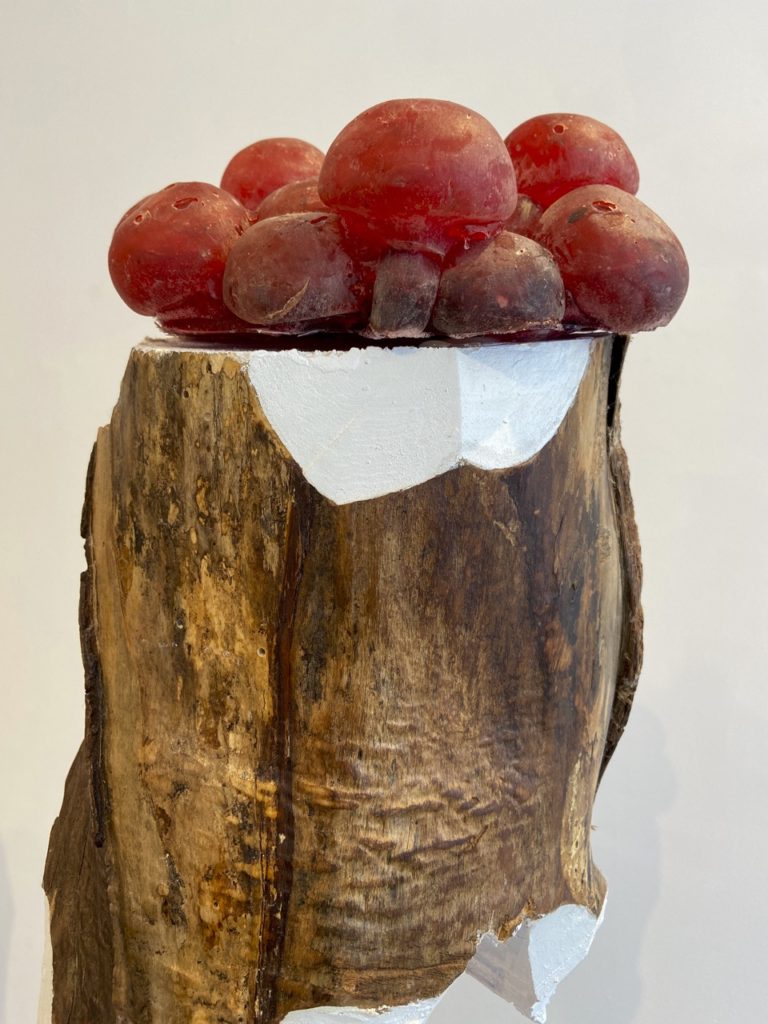
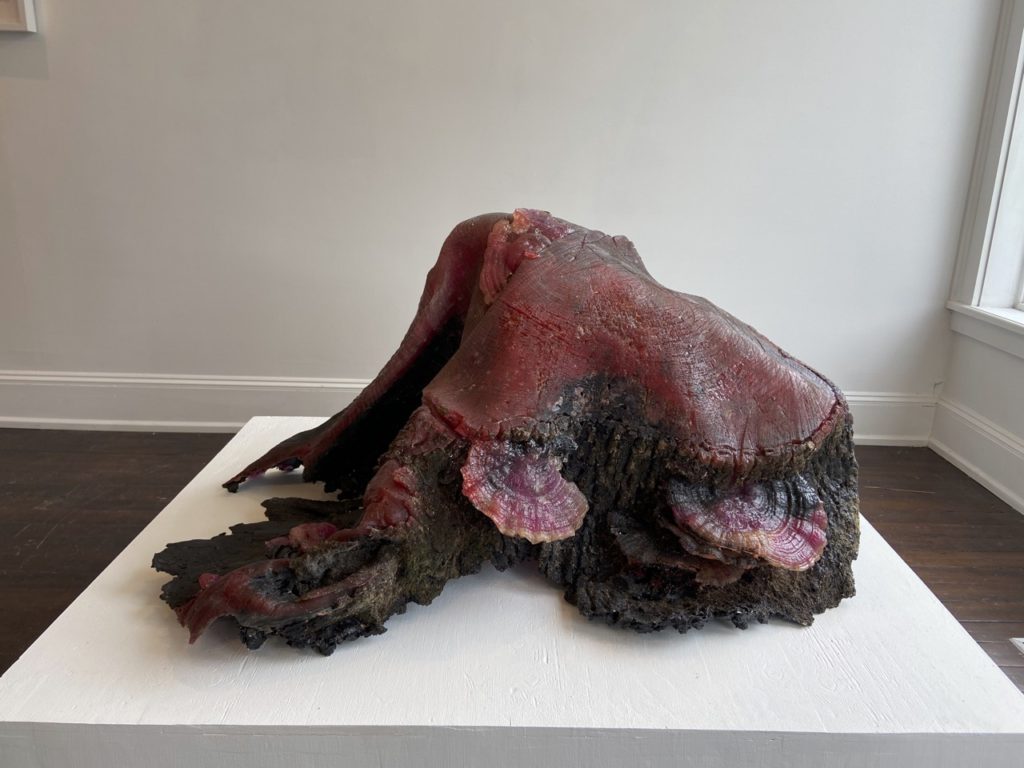
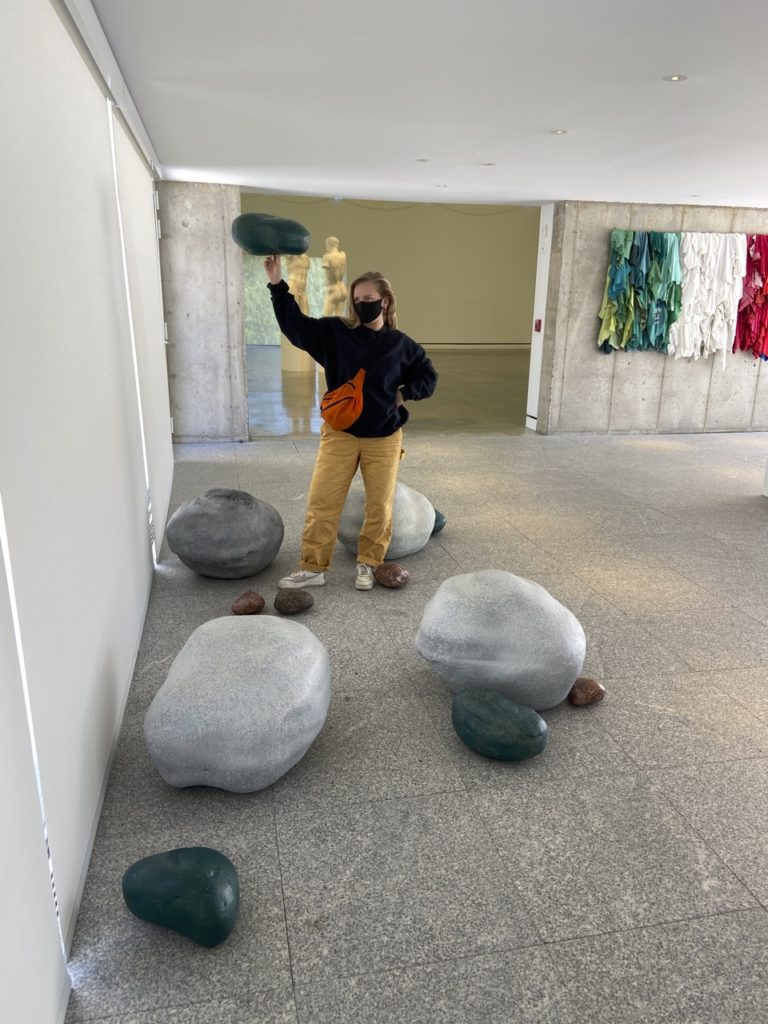
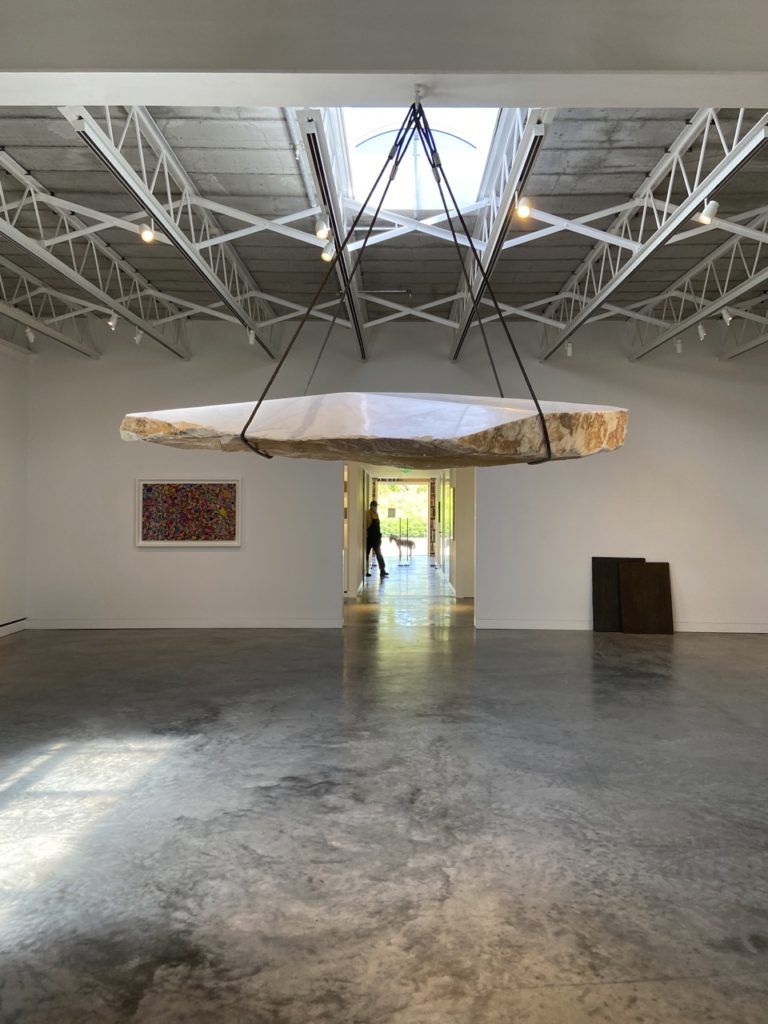
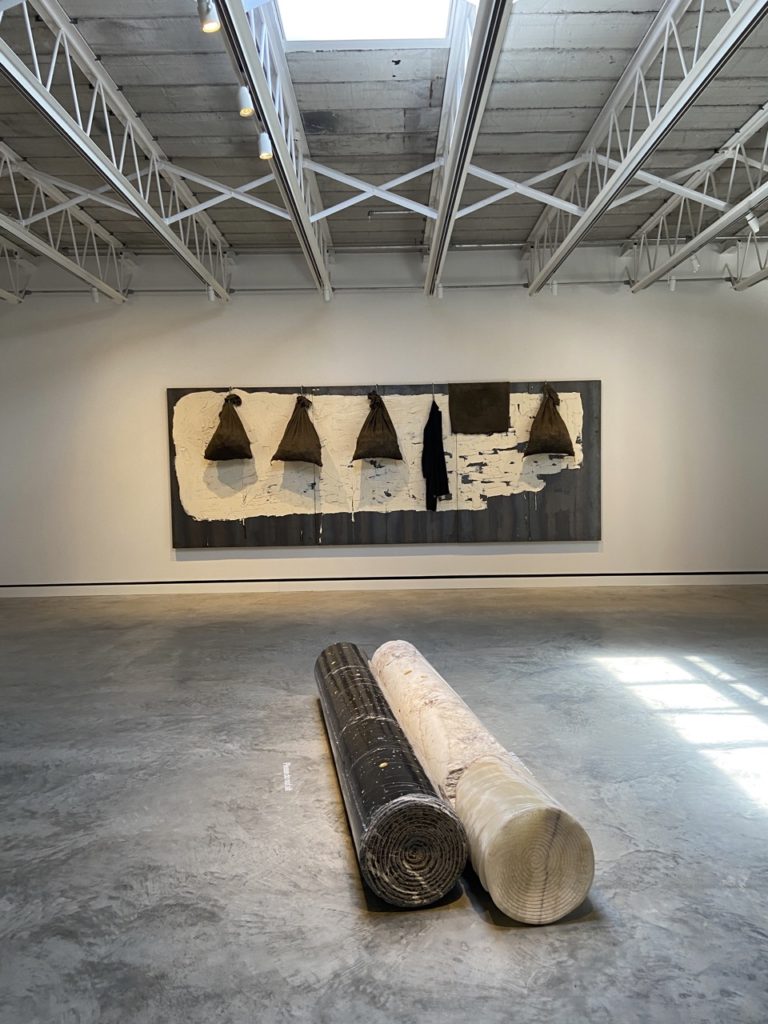
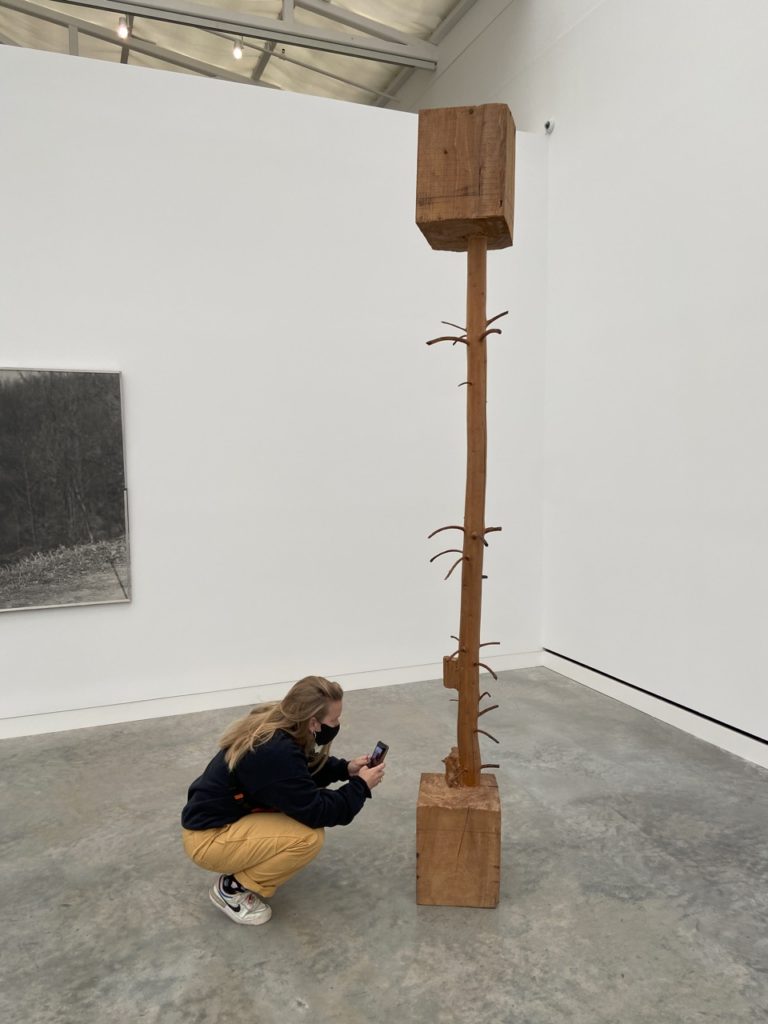
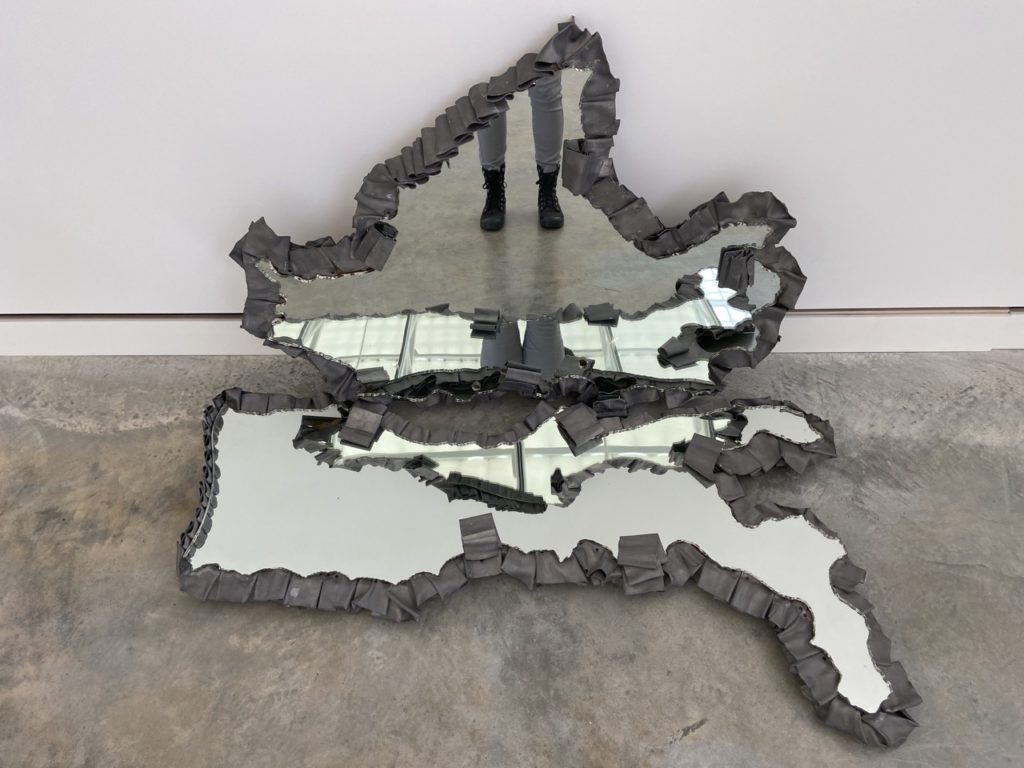
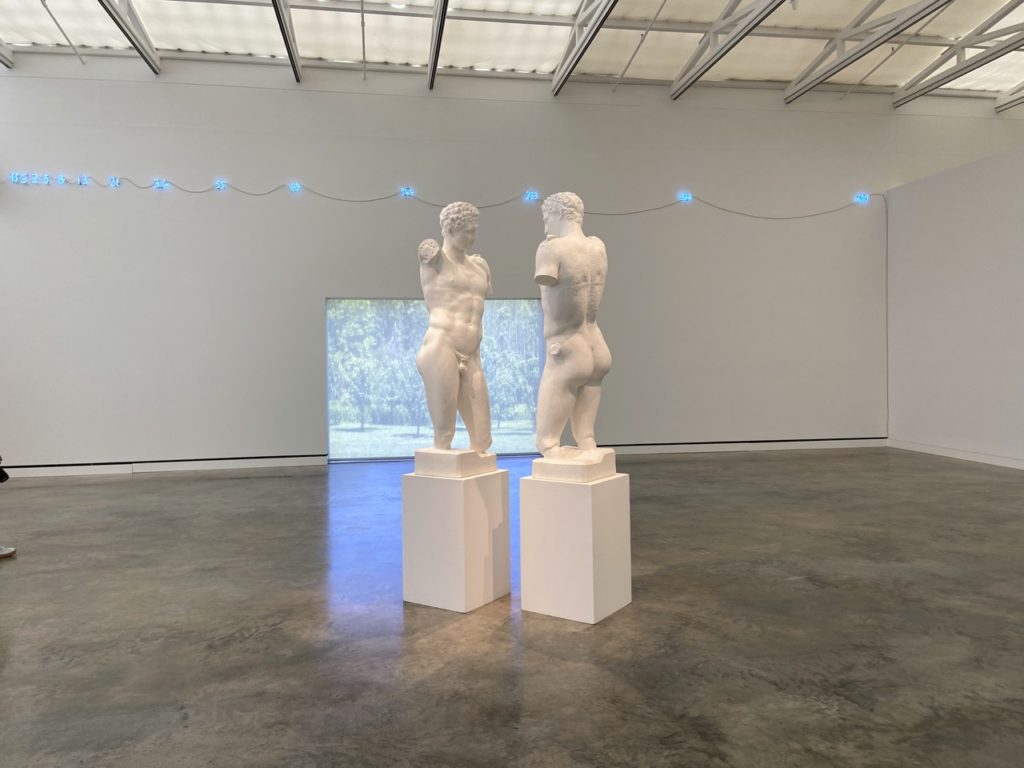
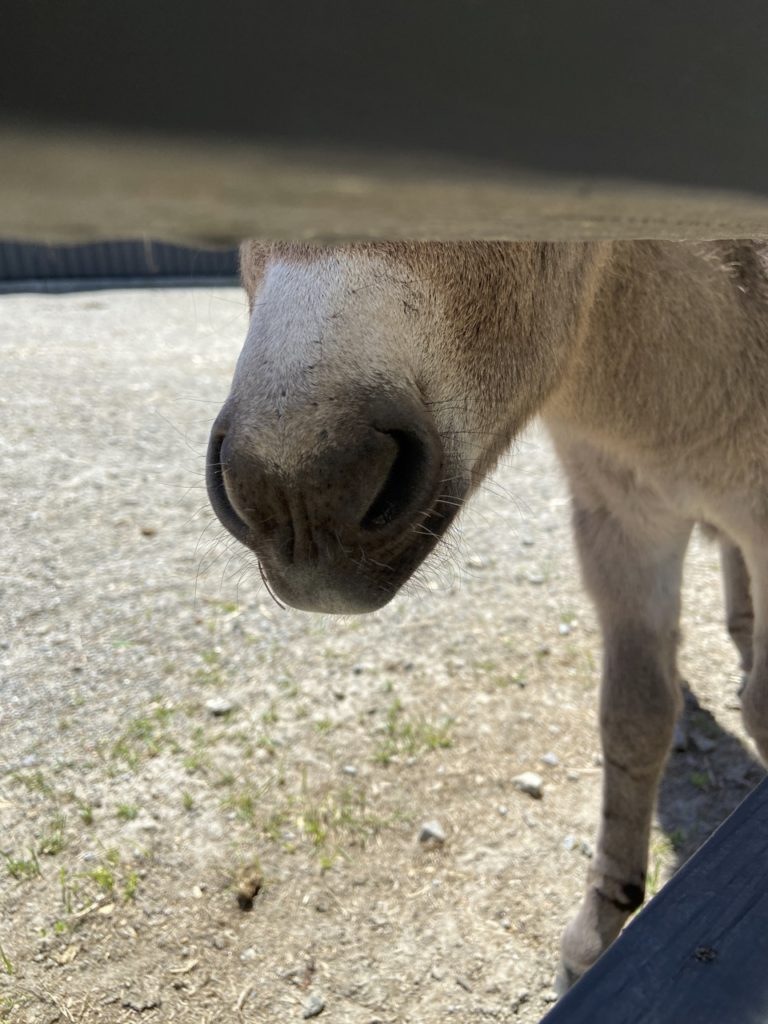

I’ll write a few things about the accommodations and structure of the program for those interested in applying. All of the studios are different from each other; some are large, some small; some have lots of natural light, others have fewer windows but extra wall space. Unlike ten years ago when bathrooms were shared between two people, each resident now gets their own private bathroom, art studio, and bedroom. One of the main changes to the program is the cooking component; it was eliminated several years ago. The kitchen is always stocked, but there is no obligation to take turns preparing communal meals anymore. Although most of us still chose to cook large batches for everyone, the program is much more flexible for those who would rather maximize their time in the studio.


ChaNorth’s flagship activity is the same: a scheduled weekly farm shift where all of the residents contribute a few hours of labor at McEnroe Organic Farm in exchange for a large box of fresh organic produce.
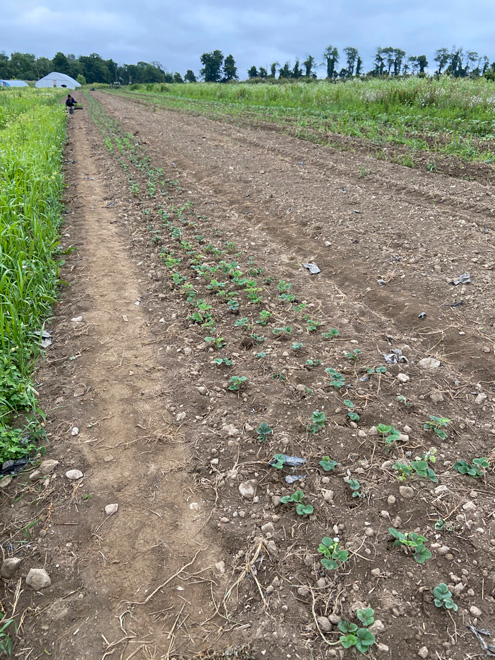
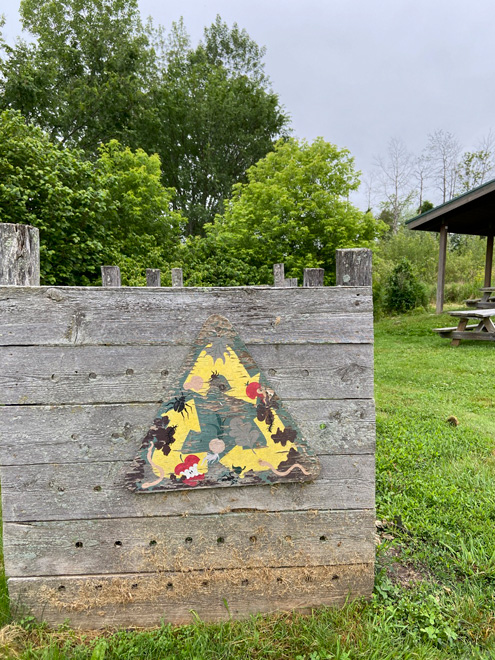
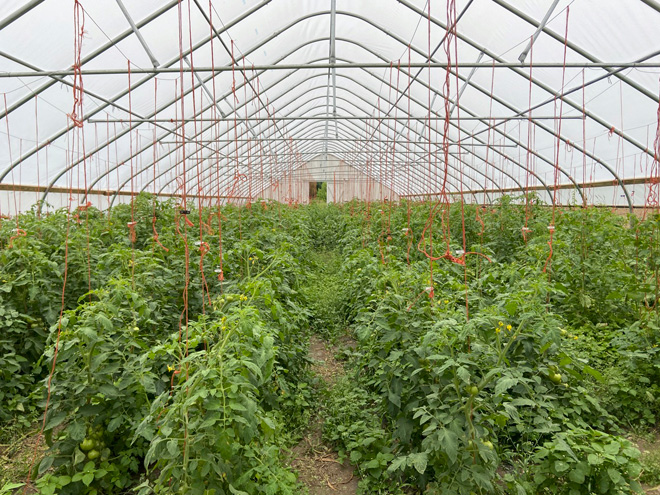


The residency grounds consist of two buildings, a farmhouse and a bungalow, surrounded on three sides by a forest and tall grasses, with a somewhat busy road on the fourth side. There is no path to take a walk or run unless you can drive to a nearby trail. Nonetheless, the local landscape with its beautiful rolling hills and lush vegetation is worth exploring.
Common inhabitants of the residency include caterpillars, ticks, moths, mosquitoes, deer, chipmunks, snakes, mice, rabbits, house finches, wasps, and the ever-terrifying but completely harmless cave crickets.
The structure of the site lends itself to a summer camp atmosphere. Both buildings have outdoor patios, one of them with a grill. We spent many evenings here sharing meals and drinks, sometimes even singing karaoke. This was also the area where we greeted studio visitors throughout the month and during our open studios event near the end of the residency.

I used my time here to find a new direction and develop a body of work, which involved experimentation with new materials and ideas. I will write more about this in my next few entries.
